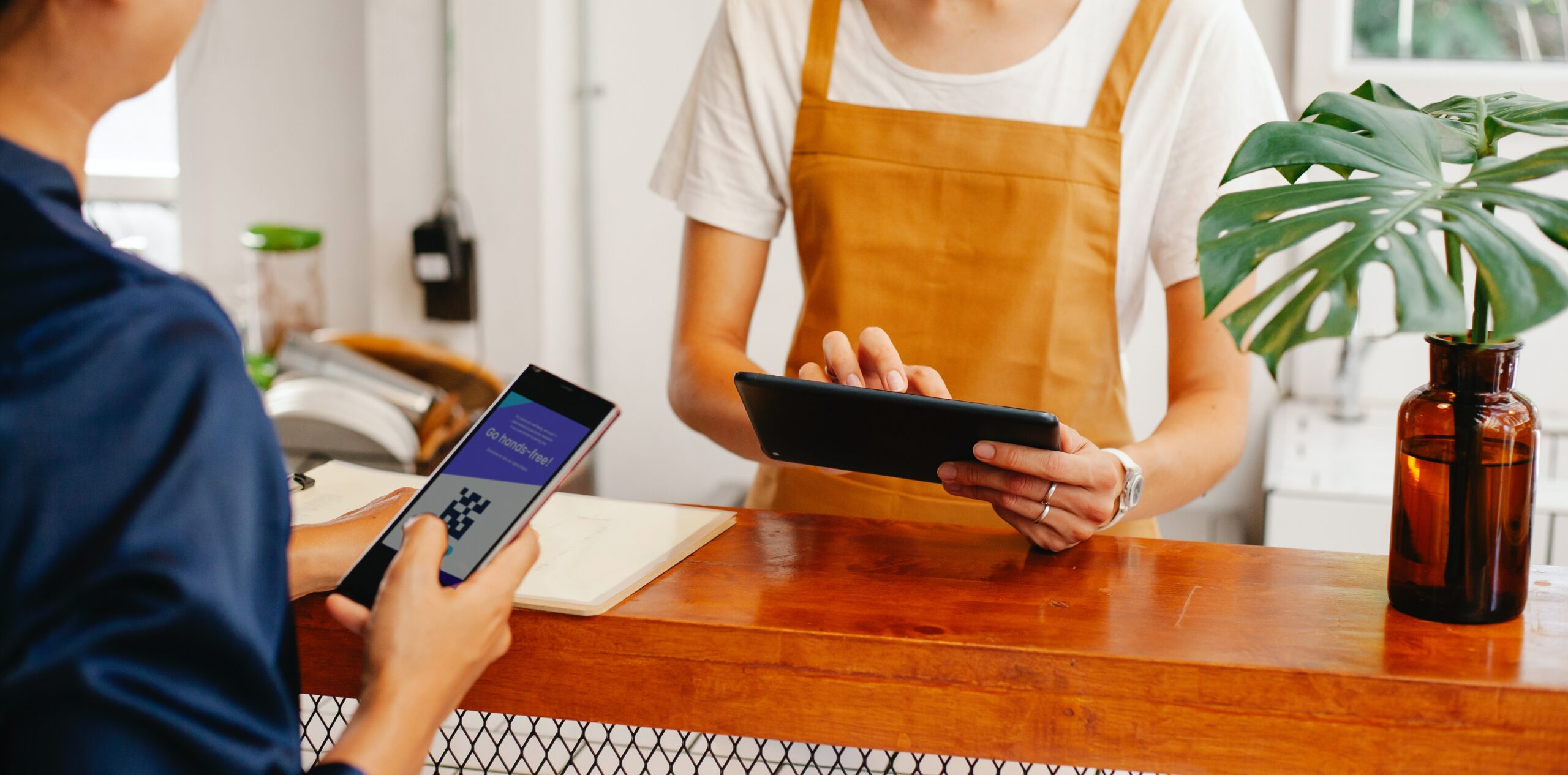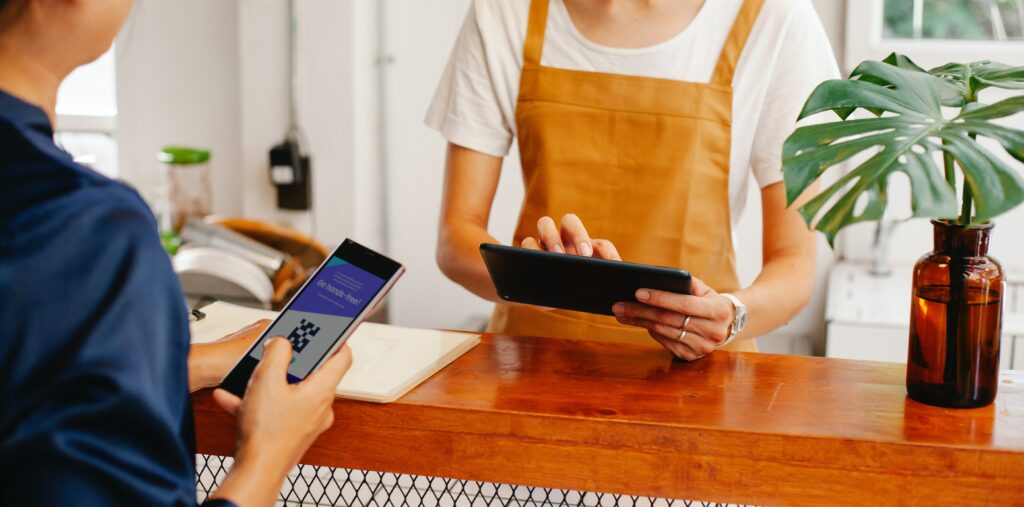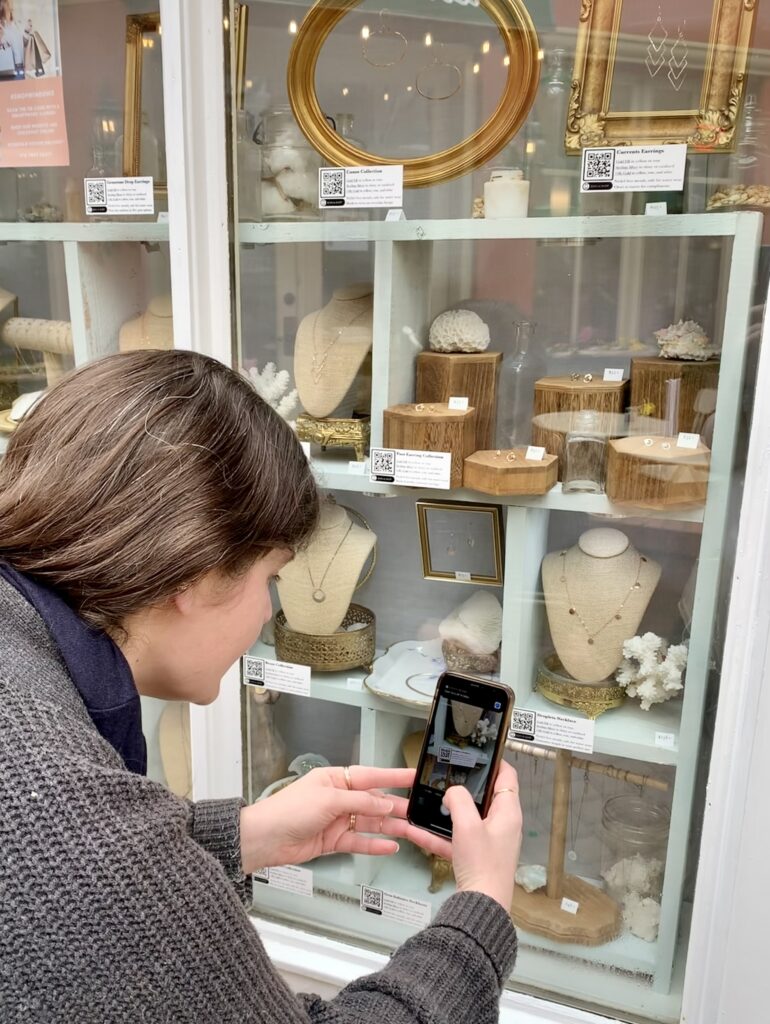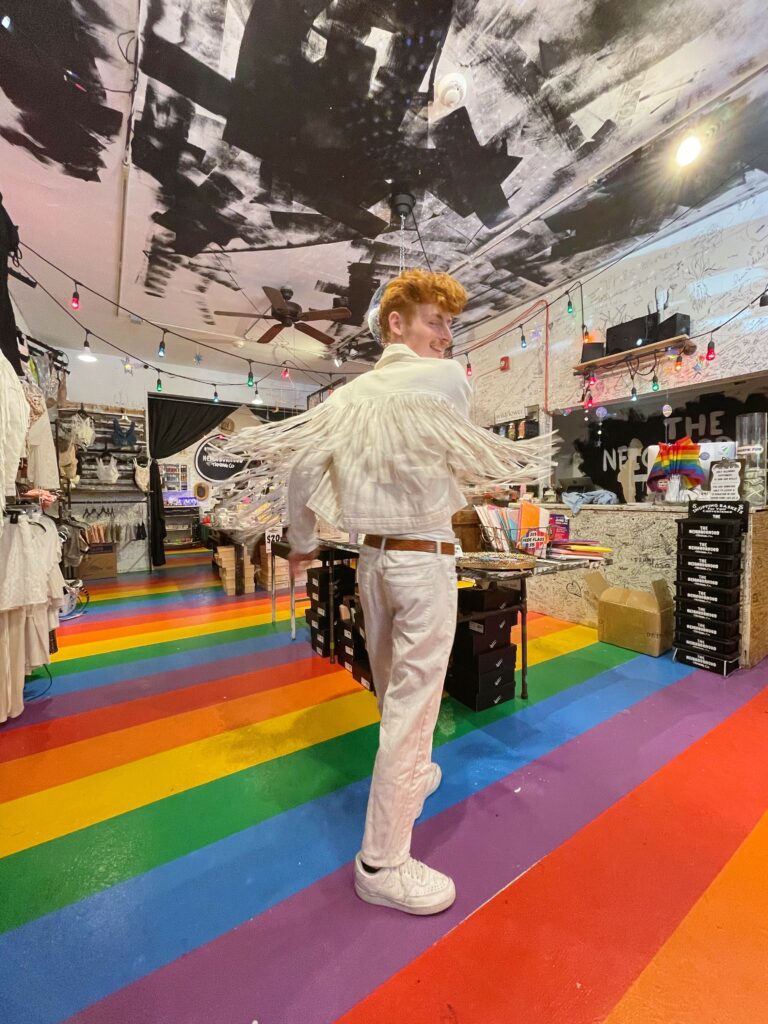

The modern consumer no longer sees digital and physical shopping channels as separate. Instead, they’re growing more accustomed to omnichannel retail shopping that incorporates both online and in-person experiences. These hybrid shopping approaches have been a rising retail trend for the past few years, and more and more retailers are adapting their businesses to take advantage of this new normal.
Below, we define omnichannel retailing, explain its appeal to consumers and retailers, and share five ideas to help you modernize your business.
What is omnichannel retail?
You might have heard of multichannel marketing and retailing, which is often confused with omnichannel retailing. However, there are some major differences between the two. Multichannel simply means that a business connects with its customers through multiple channels, like chat, email, social media, and over the phone. So what’s omnichannel marketing and retailing? It is a retail strategy that creates a complete, connected experience for a customer, no matter how they choose to interact with your business: online, in person, or in-app.
Here’s what that means in practice.
- Personalized customer service: Omnichannel customer service reps and associates can access details about their customers across all available systems and channels. The result is a more tailored service—customers don’t need to start from scratch with every new interaction.
- Optimized inventory management: A store should be ready to handle both physical and online orders at any moment, and its systems should reflect inventory levels and real-time updates across channels.
- A consistent brand story: Whether online, in-app, in person, on social media, or via newsletter, a store’s voice, tone, and branding should be distinct and recognizable. This maximizes marketing efforts and reinforces your shop’s narrative.
Benefits of omnichannel retail:
- Customer loyalty: According to this article on omnichannel loyalty from Shopify, the omnichannel approach can help you meet the wants and needs of customers when creating loyalty programs. Retailers can improve shopping experiences, tailor customer communications so they feel more personal, and provide customers with more relevant offers at the times when they’re most likely to take advantage of them.
- Increased revenue: Shopify also explains how the omnichannel approach can help you gain a competitive advantage over retailers who aren’t providing an omnichannel experience. For example, omnichannel loyalty programs give customers more purchasing power when they want and need it most. Since saving money is top of mind for many consumers right now, this can lead to increased revenue when budget-conscious consumers choose your brand over others.
- Better data: With omnichannel retailing, you can gather more relevant data on your customers across all sales channels. These include email marketing, loyalty program data, point-of-sale data, search engine data, sign-up forms, social media monitoring, surveys, third-party data, and website and/or app tracking.
- Increased foot traffic: With all this improved data pulled from relevant sales and marketing channels, retailers can create more immersive, engaging, and unforgettable in-store experiences for customers as well. According to this article on experiential retail published by Square, this could include offering incentives and rewards for shopping in-store (rather than online), using AI and other tech resources to augment the in-store shopping experience, and offering more personalized consultations and services.
Omnichannel retailing is growing and will be an increasingly important factor in retail in the years to come. According to this report on omnichannel retailing, 84% of consumers research products online before walking into a retail store to shop in person—and nearly half of consumers also say they appreciate in-store experiences with sales associates because they can get more information about the products they’re buying. That means it’s more important than ever to provide a stellar customer experience across all channels, build brand loyalty, and delight your shoppers.
With that in mind, here are five ways you can bring your business to the next level:
1. Take advantage of QR codes
The introduction of social distancing measures at many restaurants and retail shops in the past few years has led to the increased prevalence of QR codes. Short for quick response code, QR codes are unique barcode-like squares designed to retrieve information when scanned. Many restaurants today have made the use of QR codes a regular practice, allowing customers to scan the code with their phones to view digital menus and even checkout.
At your retail store, QR codes can be used to direct customers to your social media pages, allow customers to join a virtual queue if your store hits capacity, or let them to check the availability of an item in a different style or color. According to a recent report by Facebook, 67% of surveyed shoppers said they would be encouraged to revisit a store that features QR codes to check product availability while in-store. For further insight into effective strategies and creative implementations, explore a diverse range of retail QR codes use cases highlighting how various retailers are integrating this technology to enhance customer engagement and streamline operations.
2. Utilize virtual window shopping
QR codes can also be used to enable in-person customers to buy products on their phones, or to allow window shoppers to make purchases from the display after store hours. At Foamy Wader on Whidbey Island, Washington, Faire customers Alexa Allamano and Matthew Burtner have spent the past few years perfecting the latter technique. They’ve used this omnichannel retail shopping method to allow passersby to shop directly from their brick-and-mortar window display using their phones. The result has been a significant increase in their store’s average order and a wider customer base.
In 2020, Alexa and Matthew bought a new storefront space with big display windows in a desirable location. However, at 200 square feet, the store could only accommodate about six customers at a time. Instead of relying solely on appointments and queues, Alexa decided to use her experience drawing in audiences through visual merchandising at craft fair booths to perfect the window displays and test a new approach to the retail store—virtual window shopping.
Alexa and Matthew included QR codes next to each item for sale, creating scannable hyperlinks that enable customers to easily add items to their virtual cart. The method resonated with customers, who are now able to shop from their phones during breaks from early morning jogs or while waiting for a table at the restaurant across the street. With this “Scan to Shop” method, Foamy Wader has successfully monetized window shopping, allowing them to operate store hours around their schedule and capture audiences well after the shop’s doors are closed.

3. Embrace flexible checkout options
Contactless payment and flexible checkout options—like buying online and picking up in-store—are likely here to stay. Digital tools like mobile wallets let customers pay at the counter without having to take out their wallets, swipe a card, or sign a receipt. According to Facebooks’ report, 68% of surveyed shoppers said that mobile-based payment methods would make them more likely to return to a store. This kind of contactless payment is easy to implement in your store, and most major point-of-sale systems have the capability of accepting mobile payments.
Some retail stores also offer customers the option to pay directly from their phones without having to visit a checkout counter at all. This allows them to skip any lines and purchase their items with speed and ease. In addition, many customers now prefer multiple pickup and shipping solutions, like buying an item online and picking it up in-store. A recent report by Square revealed that 39% of surveyed consumers want curbside pickup to stick around even after COVID-19 variants subside. This kind of omnichannel retail shopping permits customers to shop more flexibly, thereby increasing the likelihood that they’ll return to your business.
4. Attract new customers on Instagram and TikTok
Today, more and more consumers are using social media platforms to discover new trends and brands. In fact, Facebook’s report revealed that 84% of surveyed shoppers made a purchase in-store after finding the product or business on social media. This means that it’s important for small businesses to incorporate some sort of social media channel into their marketing strategy. For example, try posting pictures or videos of upcoming product launches, best-selling items, or display windows to draw customers in. You can also use social media to post pictures of customers using your products, offer more information on your business and your company values, and feature customer reviews.
Faire customer Austin Scott, owner of The Neighborhood Trading Co. in Galena, Illinois, has perfected this method of using social media to attract in-person shoppers. When he first began posting videos from his retail store on his TikTok page—where he has nearly one million followers—viewers would spot products in the background that piqued their interest and inquire where to buy them in the comments. This led Austin to begin posting more explicitly about his business.
Now, Austin posts videos featuring behind-the-scenes looks at creating new store displays, insights into owning a retail store, and even interviews with customers on his TikTok page. Shoppers visiting his retail store will often share that they discovered his business on social media, and when he posts videos featuring new or exciting products, the sales of that product increase significantly both online and in stores. He also runs an Instagram account for the store, where he posts frequent updates on new products, promotions, and more.

5. Use social media as a sales channel
In addition to being used as a marketing channel, social media today is also frequently used as a sales channel. Adding social media to your omnichannel retail strategy can help you appeal to a broader audience, make more sales, and win new customers. According to Square’s report 59% of surveyed customers who made a recent purchase online did so directly from social media.
Platforms like Instagram, TikTok, and Facebook have created ways to make social commerce an easy experience, allowing users to discover, learn about, and purchase an item all in a few clicks. For example, consider setting up an Instagram shop and adding a product tag link to your next Instagram post. Product tags allow you to highlight products directly from your Instagram feed, letting customers easily click on the tag to learn more. Instagram users in the U.S. can also announce upcoming product launches and use a countdown tool to remind customers when new inventory is available. No matter what method you choose, leveraging social media as another tool in your omnichannel retail shopping strategy can be a great way to grow your business.




